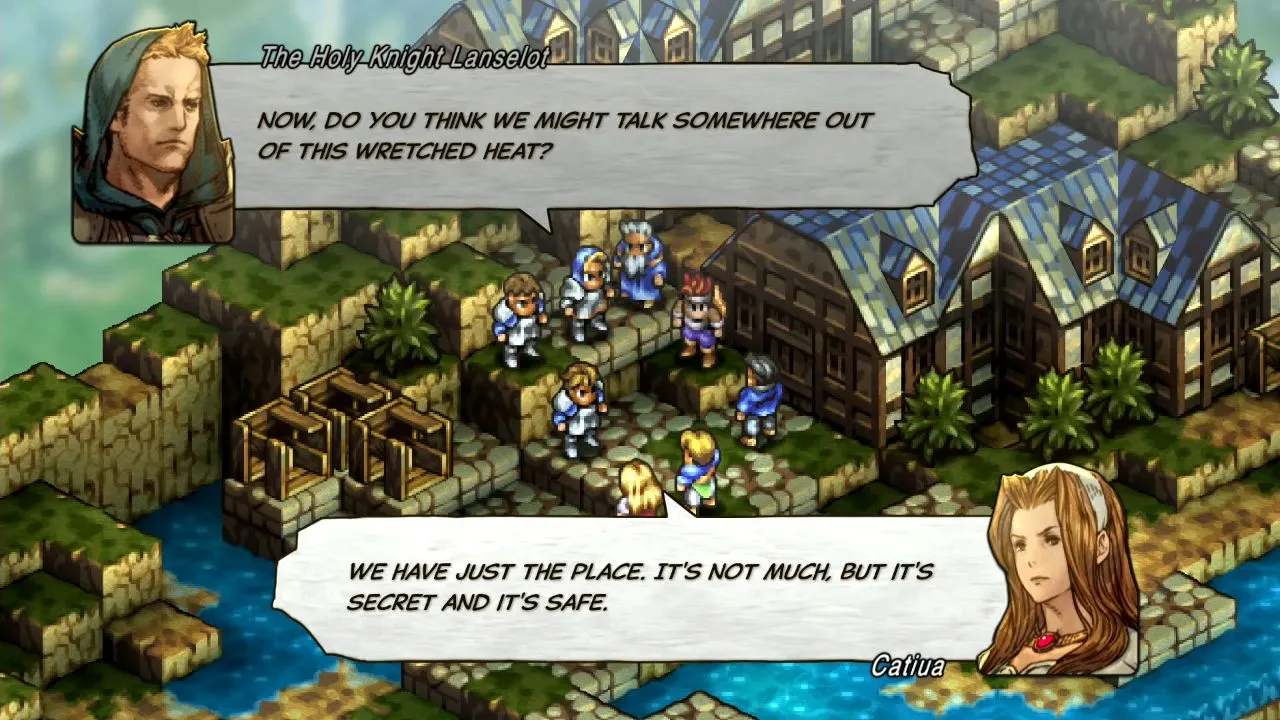
Tactics Ogre: Reborn: A Classic Tactical RPG Returns
Contents
The world of Ivalice, crafted by Yasumi Matsuno, is home to beloved titles like Final Fantasy XII, Final Fantasy Tactics, and Vagrant Story. But before joining Square Enix, Matsuno created another series, Ogre Battle. Tactics Ogre: Reborn is an enhanced remake of the 1995 classic Tactics Ogre: Let Us Cling Together, itself remastered in 2010. Does this latest iteration capture the original’s magic? Let’s dive in.
 The opening cinematic shows a war-torn Valeria.
The opening cinematic shows a war-torn Valeria.
A Timeless Narrative of War and Choice
Tactics Ogre: Reborn stays true to the compelling narrative of its predecessor. Set on the Valeria archipelago, the story follows siblings Denam and Catiua, and their childhood friend Vyce, members of the oppressed Walister minority. Valeria is embroiled in a power struggle between warring factions, and the Walister are caught in the crossfire.
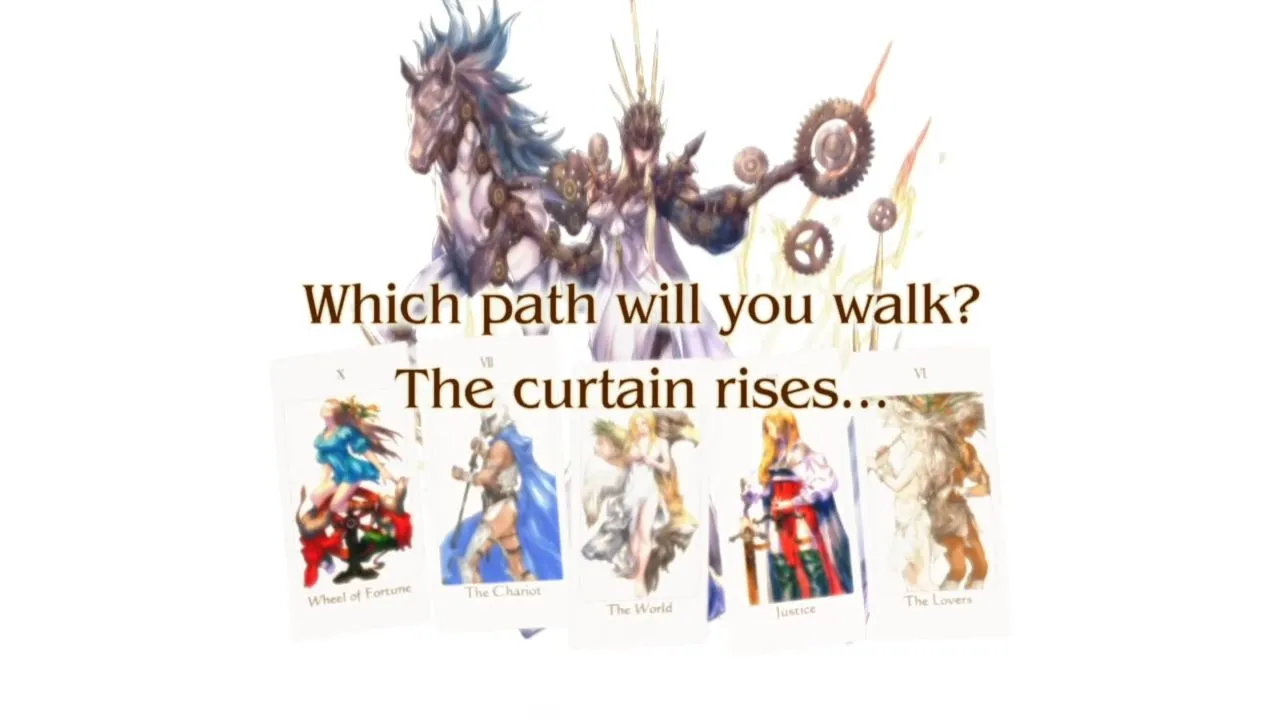 Denam, Catiua, and Vyce are caught in the middle of a brutal conflict.
Denam, Catiua, and Vyce are caught in the middle of a brutal conflict.
Early on, Denam and Catiua seek revenge for their father’s murder. They mistakenly target Sir Lancelot of Xenobia, leading to a series of events that draw them into the resistance movement led by Duke Rowney. As Denam becomes more involved, he grapples with the harsh realities of war and the morally ambiguous choices required for victory.
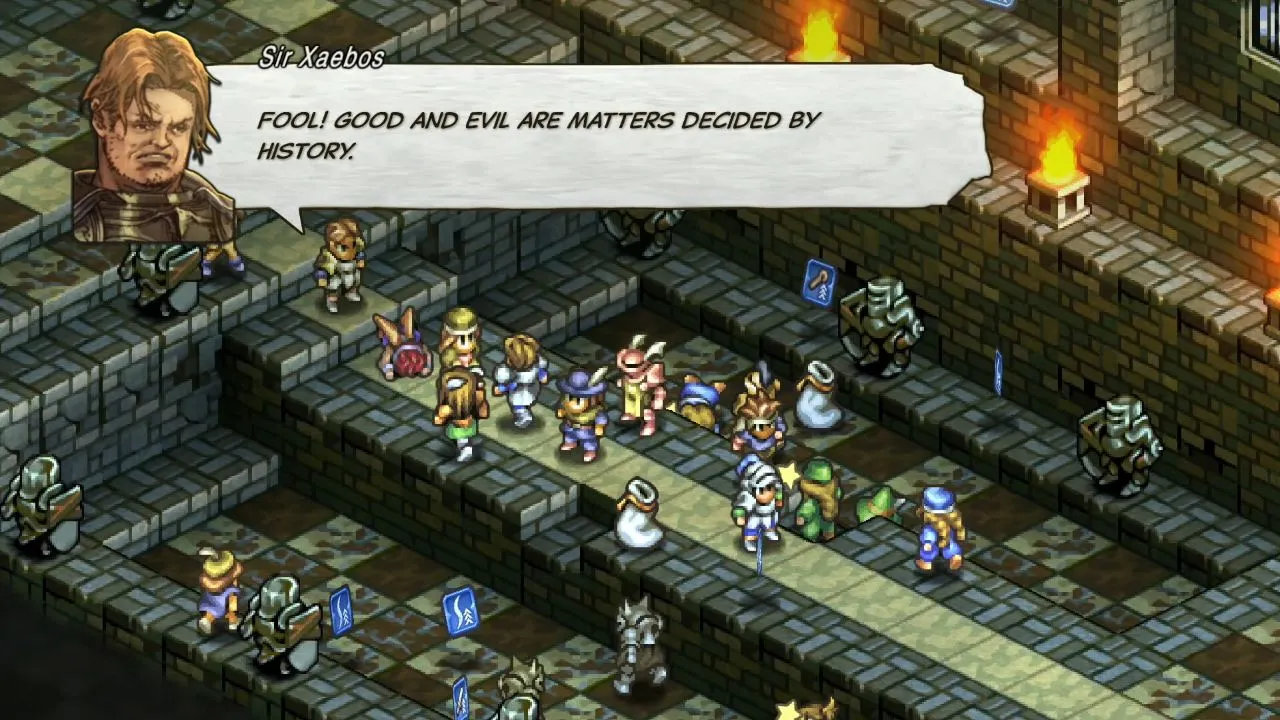 Denam and his allies fight their way through enemy lines.
Denam and his allies fight their way through enemy lines.
Tactics Ogre: Reborn explores themes of war and political intrigue with a depth rarely seen. The player’s decisions have tangible consequences, impacting the story’s progression, character fates, and ultimately, the ending. The game presents difficult choices that resonate long after the credits roll. Should Denam compromise his morals for safety, or follow his conscience and face overwhelming odds?
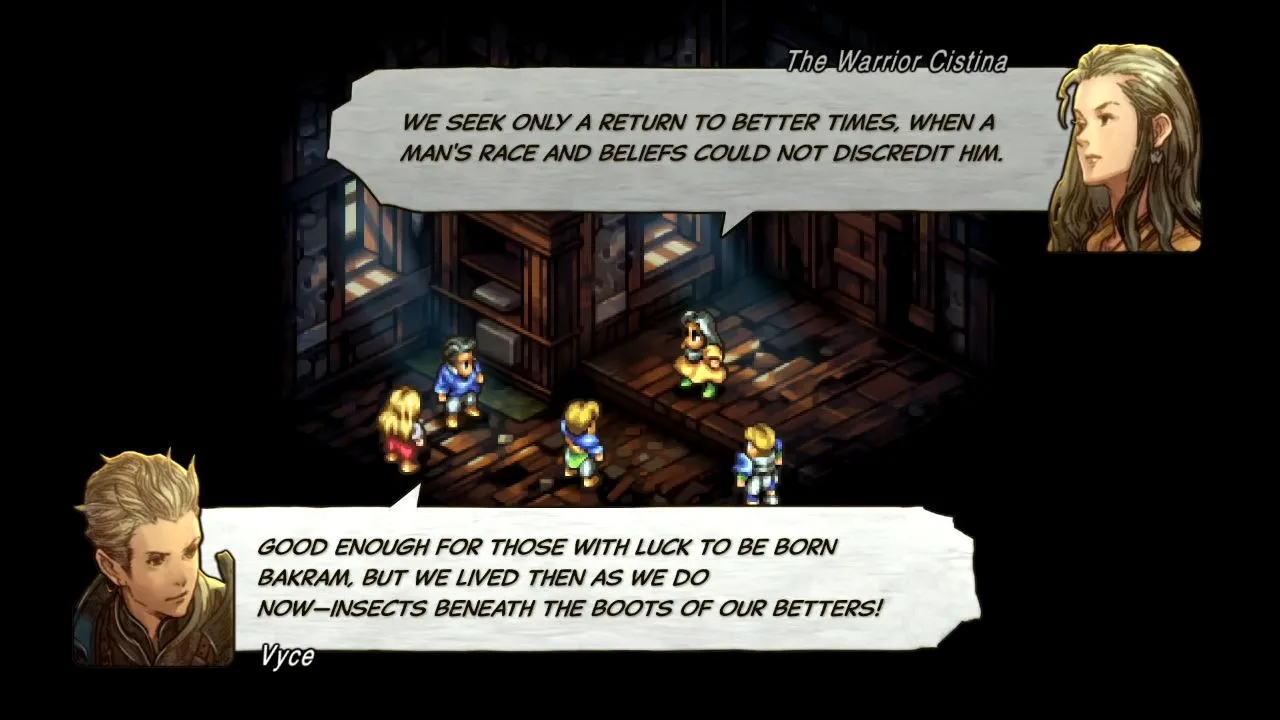 The Wheel of Fortune allows players to revisit key story decisions and explore alternate paths.
The Wheel of Fortune allows players to revisit key story decisions and explore alternate paths.
The Wheel of Fortune mechanic allows players to rewind to crucial junctures and explore alternate paths without restarting the entire game, significantly enhancing replayability. This feature adds immense value for those wanting to experience the different branching narratives.
Deep Tactical Gameplay with Modern Refinements
Tactics Ogre: Reborn features turn-based tactical combat on an isometric grid, similar to Final Fantasy Tactics. The gameplay is deeply engaging, offering extensive customization options for character classes, skills, and equipment. The flexible class-changing system allows for experimentation without resetting character levels.
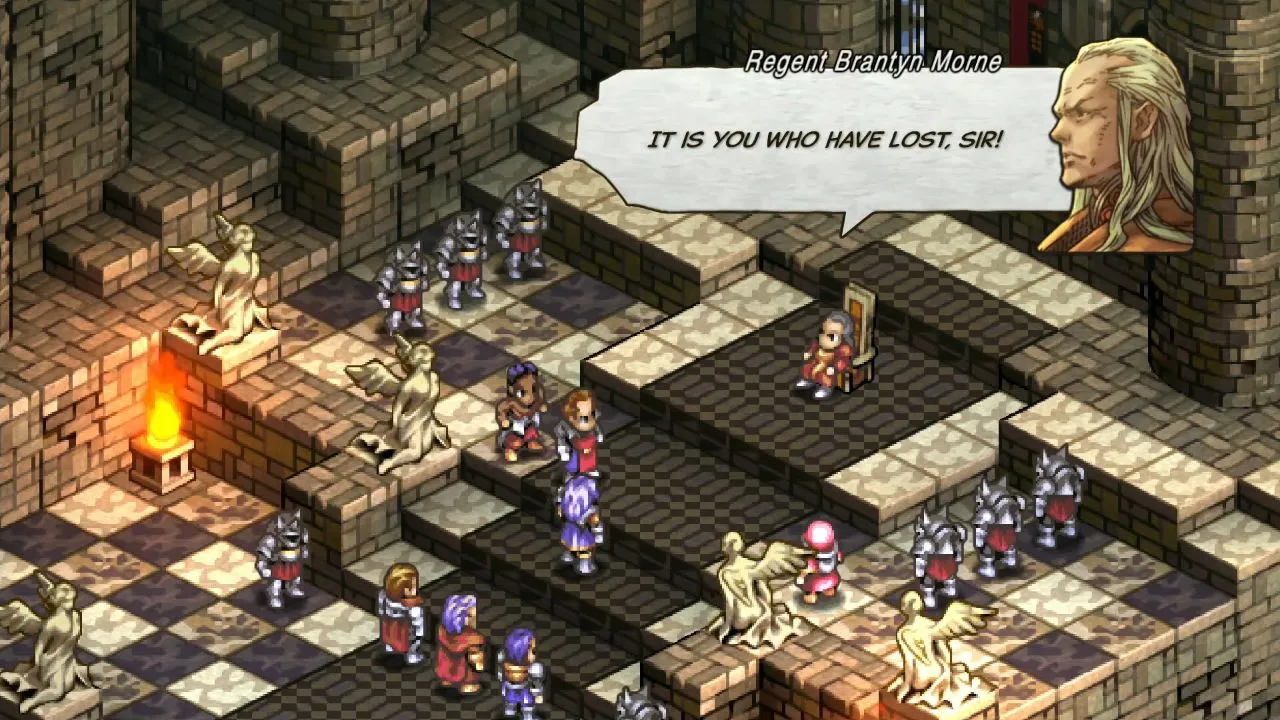 Characters can switch between different classes without losing experience.
Characters can switch between different classes without losing experience.
To balance this flexibility, the game introduces the Union Level, a party-wide level cap that gradually increases throughout the story. This prevents players from over-leveling and ensures a consistent challenge. Additional improvements include a rewind feature, battlefield buffs, speed-up options, and resurrection items.
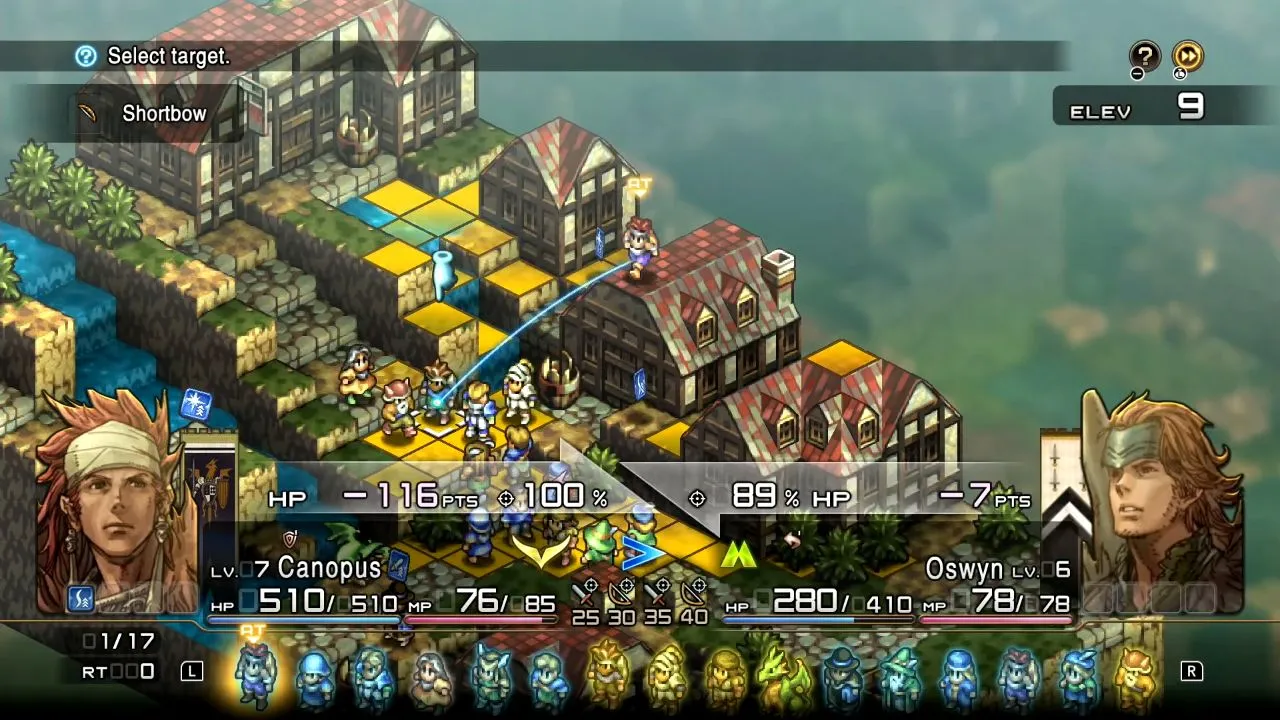 Combat takes place on an isometric grid with a variety of terrain types and obstacles.
Combat takes place on an isometric grid with a variety of terrain types and obstacles.
While the Union Level system and random buff placement can sometimes be frustrating, the depth and complexity of the combat system provide a satisfying experience for tactical RPG enthusiasts.
Enhanced Presentation with Voice Acting and Remastered Music
The original soundtrack has been remastered, further immersing players in the world of Valeria. A significant addition is the inclusion of full voice acting, breathing new life into the lengthy dialogue sequences. The Japanese voice cast features talented actors like Tomoaki Maeno and Takaya Hashi, delivering compelling performances.
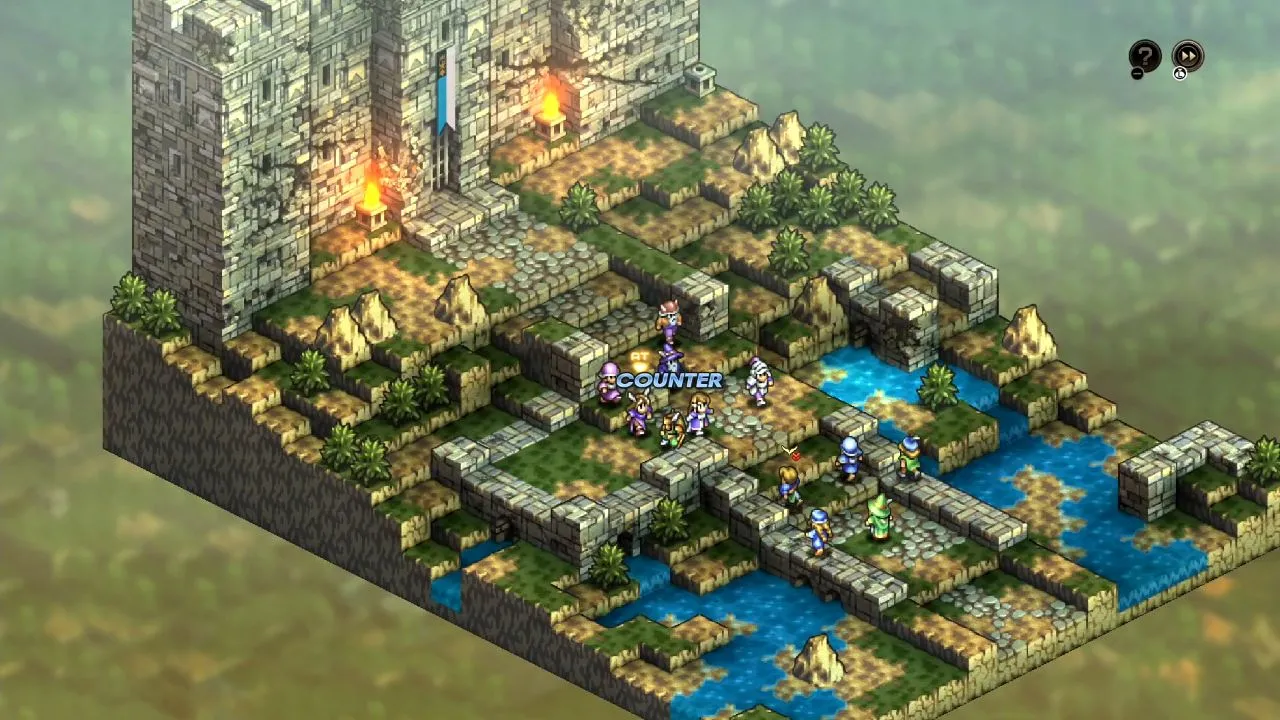 The game features beautifully drawn character portraits and detailed environments.
The game features beautifully drawn character portraits and detailed environments.
Room for Improvement: Technical Shortcomings and Quality of Life Features
Despite the improvements, Tactics Ogre: Reborn suffers from some drawbacks. The Union Level system, while intended to maintain balance, can feel restrictive at times. Managing equipment for a large party can be cumbersome without an auto-optimize feature. Some mechanics, like character recruitment, are poorly explained, requiring players to experiment and discover them on their own.
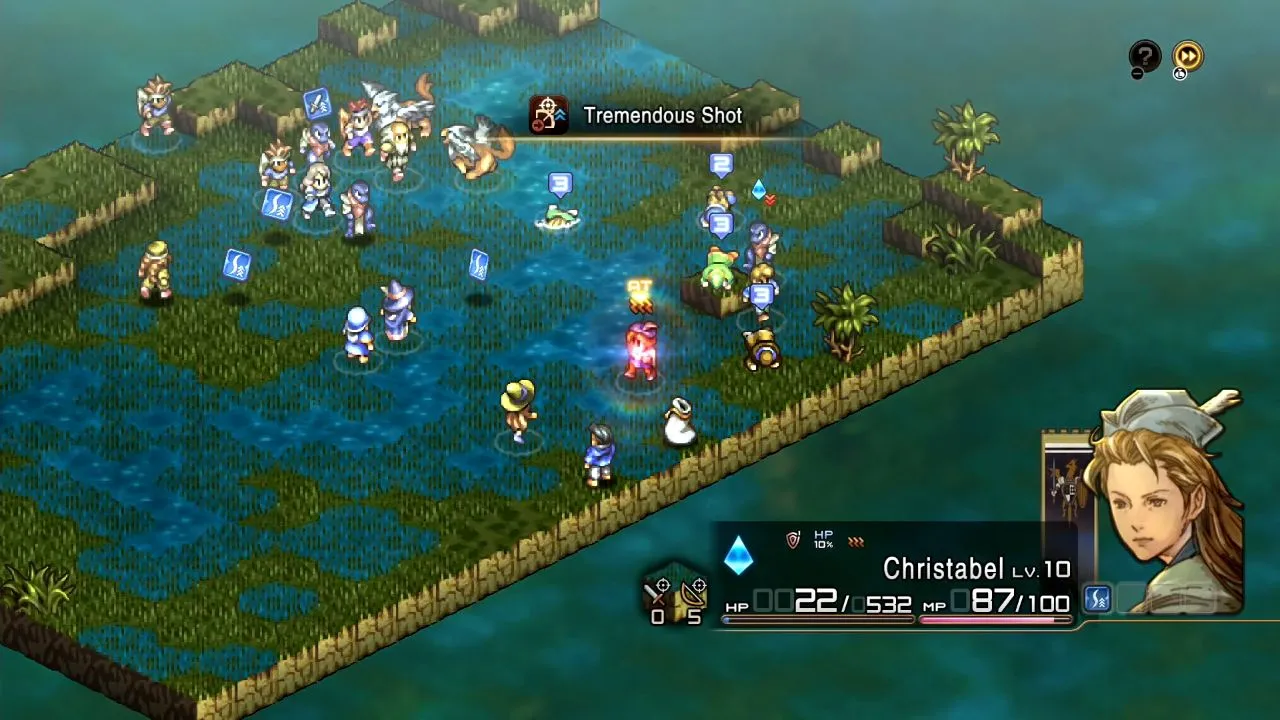 Some environments suffer from blurry textures and low-resolution models.
Some environments suffer from blurry textures and low-resolution models.
The visuals on the Nintendo Switch version are particularly disappointing. While the character portraits are well-drawn, the in-game character models appear dated and low-resolution. The lack of a rotating camera, a feature present in Final Fantasy Tactics, can also hinder visibility during combat.
Conclusion: A Classic Reborn, but Not Without Flaws
Tactics Ogre: Reborn successfully revitalizes a classic tactical RPG with a compelling narrative, deep gameplay, and enhanced presentation. However, technical shortcomings and a few questionable design choices hold it back from true greatness. Despite these flaws, the game offers a rich and rewarding experience for fans of the genre and newcomers alike.





Comments (0)